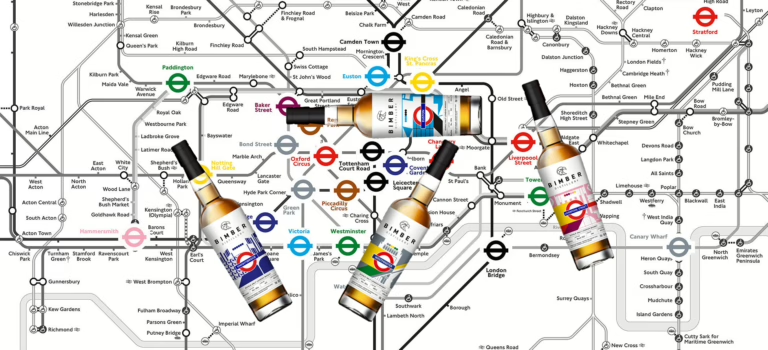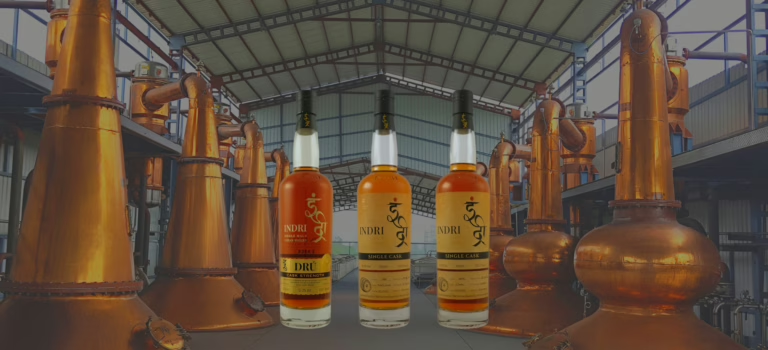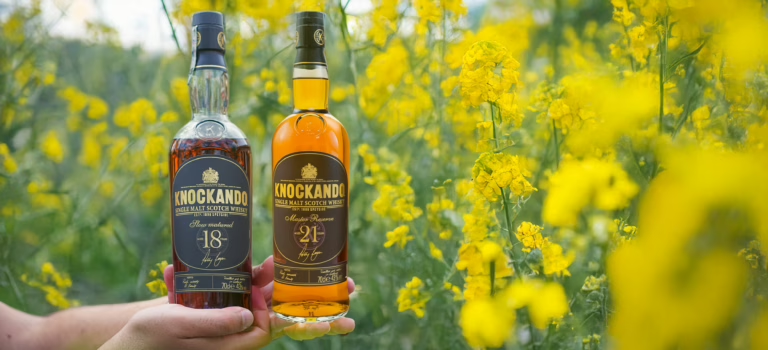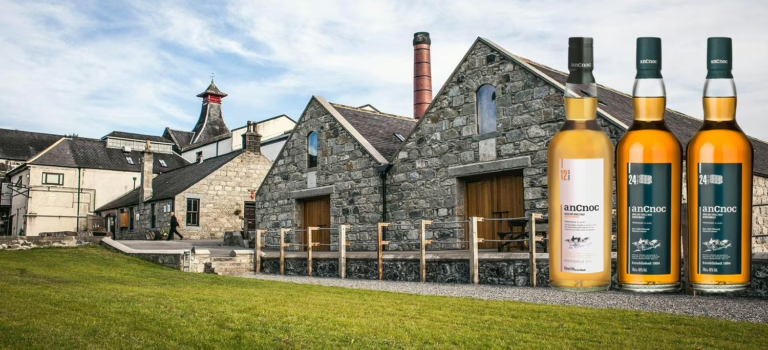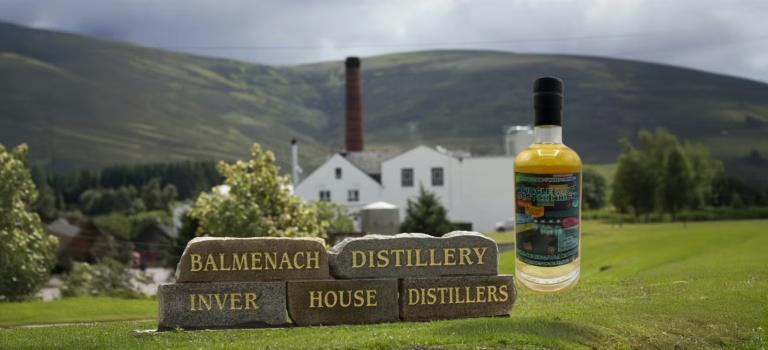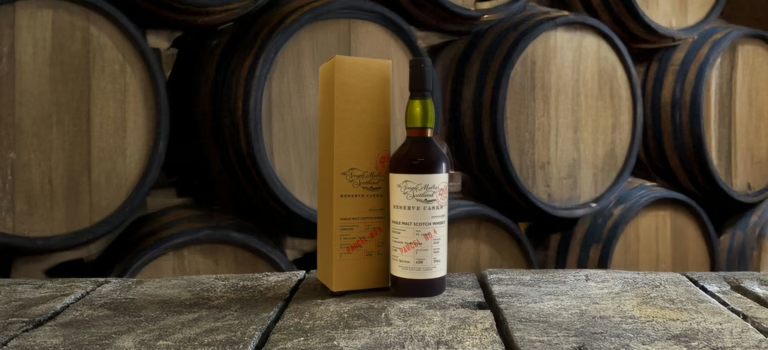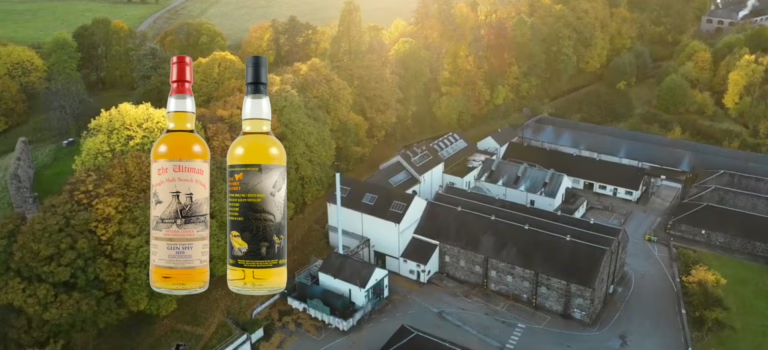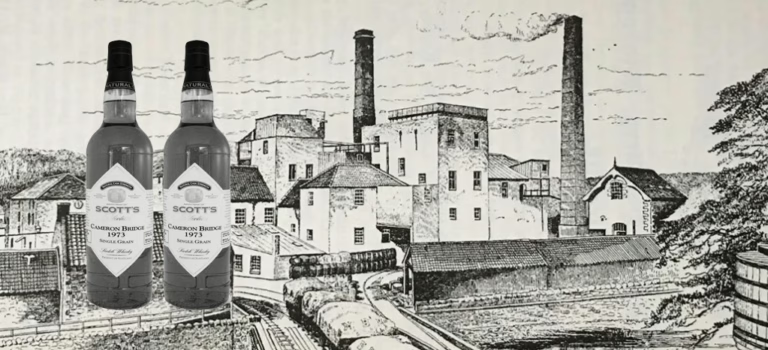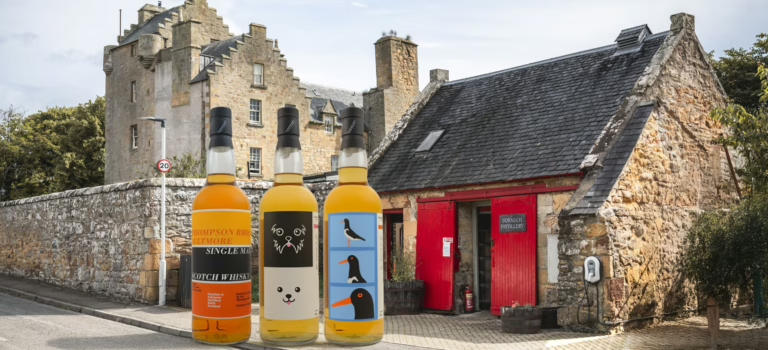For several years now—though the exact starting point is unclear to me—the English retailer Master of Malt has organised its Whisky Santa event. Participants send their whisky wishes through social media for a chance to win, with some exceptional bottles chosen by the team at MoM as special prizes. Occasionally, this humble author took a chance, fully aware that winning seemed unlikely due to residing in France and the shipping restrictions caused by Brexit. Despite this, I continued to participate, and Whisky Santa eventually granted my wish at the end of last year by sending the Boutique-y Whisky Company 2024 Advent Calendar.
Since Whisky Santa could not ship directly to France—something about elves with outdated passports and a sled under repair—the calendar arrived at a trusted friend’s address. Coincidentally, that friend happens to be Dave Worthington, Boutique-y Whisky’s own brand ambassador. When we met again in London at the end of May, during a short trip with my children, the opportunity arose to collect all the whisky previously sent to Dave due to similar shipping challenges.
As this calendar now belongs to last year, and with plans to explore a Cognac advent calendar this year, I’ve decided to open it outside the traditional season. The tasting will not follow the original order; instead, some drams will be grouped together for review. For now, I’ll skip door number one and instead reveal door number two, which contained an Irish Single Malt Whiskey #1, 15-year-old Batch 6 from That Boutique-y Whisky Company.
Read more →
